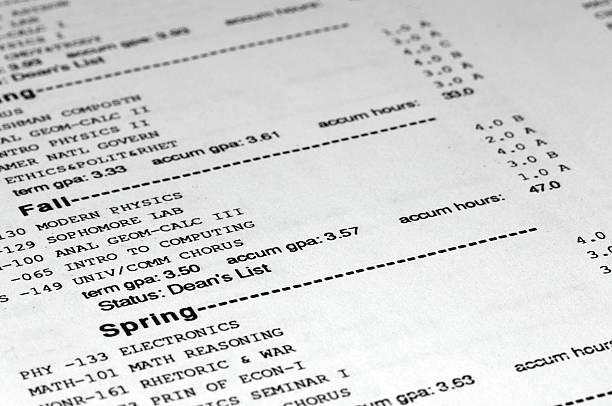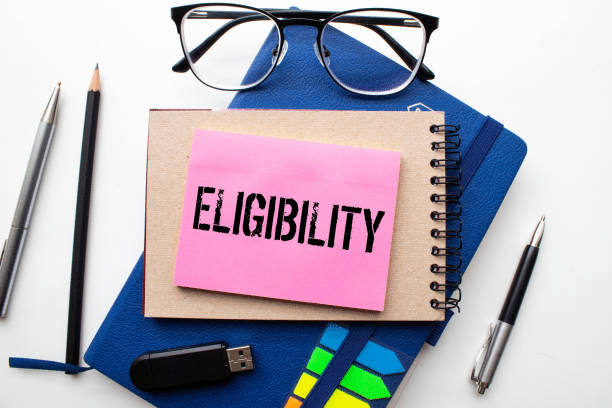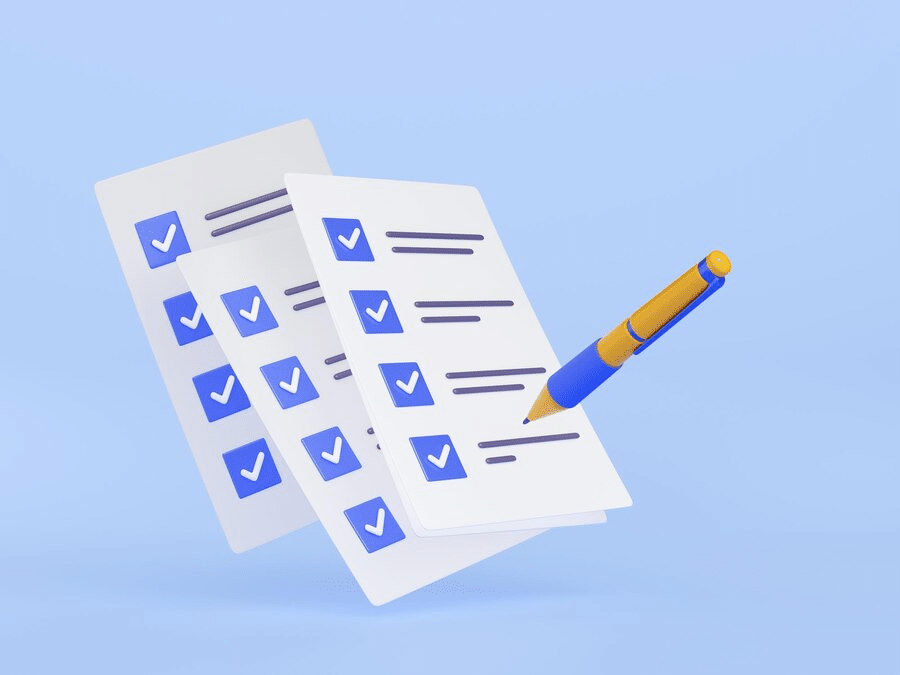If you’re planning to study abroad, you’re definitely going to need your university transcripts.
Basically, they’re your academic history—showing what you’ve studied and how well you did. When you apply to universities in another country, they usually want to see transcripts from all the schools or programs you’ve done.
In this guide, we’ll break down everything you need to know about university transcripts, from what to include to how to make sure they’re good to go for your international application. Let’s get into it!

Understanding University Transcripts
A university transcript is basically a report card for your whole college life. It shows the classes you took, the grades you got, and how many credits you earned along the way. In simple words, it’s a summary of your academic journey.
You’ll need it for all sorts of important things — like applying to new schools, getting a job, or transferring to another college. But with all the different names and sections on a transcript, it can get a little confusing! Don’t worry — here are some terms you should know:

- Cumulative Record File (CRF): A complete file that tracks a student’s academic progress over time.
- Diploma Supplement: A document that explains your diploma in more detail, often used for international purposes.
- Mark Sheet: A list showing the subjects you studied and the marks you scored.
- Report Card: A basic summary of your grades for a particular term or year.
- Statement of Learning: A document listing what you’ve learned and achieved during your studies.
- Record of Achievement: A list highlighting your academic and extracurricular accomplishments.

- Permanent Record: A lifelong record of your academic history kept by your school or university.
- Transcript of Records (ToR): An official list of courses taken, grades earned, and credits received.
- Mark List: Another term for a document showing your scores in different subjects.
- Academic Certificates: Official papers proving you completed a course or degree.
- Academic Record: A general term for the full history of your studies, grades, and achievements.

Here’s What You’ll Find in a University Transcript
- Your Full Name
- Full Name of the Institution
- Full Address of the Institution
- Name of the Education Board
- Course Unit Code
- Titles of Courses Attended at the Host University
- Duration of the Course
- ECTS Credits Earned by Passing Exams
- List of Subjects with Corresponding Grades
- Date of Graduation
- Official Signature and/or Stamp from the University

Transcripts and certificates also have information about the candidate, like their name, date of birth, parents’ names, and other details that help with their identity.
Difference Between Consolidated Transcript and Marksheet?
There is an all-in-one transcript, which is called a “Consolidated Transcript.” A consolidated transcript, on the other hand, shows all of your scores for the year or quarter on one sheet. Once you finish, you can fill out an application on the website of your university or college to get a Consolidated Transcript.
Marksheets are generally given out once a year or every semester, and they only have the scores for that term or year on them.

How to Get a University Transcript?
Every university usually gives a transcript certificate to each student who completes their courses. If not, students must get them from their home university by the dates for entering foreign universities. Usually, there are three main steps to getting transcripts:
1. Contact Your University
The first thing you should do is get in touch with the test cell or another relevant department at the university where you went. If you ask for academic records, you might have to go through a process, such as filling out an application for a transcript certificate and paying any fees that are required.
2. Apply For a Transcript
It’s possible that each school has its own way of giving out transcripts. Students who want to apply for a transcript certificate must also pay the required fees and include copies of their internal mark sheets, degree completion certificates, student IDs, and payment records.

3. Attach with Admission Applications
Sending the transcripts you received to the colleges and universities you wish to apply to is the final step. To prevent the application from getting rejected or delayed, carefully read the instructions on how to submit it. Some universities may also ask for conversion factors for grades. In this case, applicants must include official transcripts that show how to convert grades.
The procedures needed to get, translate, and send in a copy of the records can be hard for beginners. That can be solved with Enrollmate. We are dedicated to provide you with thorough assistance with all of your academic paper requirements. Get in touch with us for professional guidance, time-saving advice, worldwide reach, and personalised assistance!

Why Are University Transcripts Important?
Transcripts are useful in many ways, for example:
- Colleges and universities analyse the student’s academic record during the admissions process to determine how well they will fit in with the programs provided and how well they have performed academically.
- A candidate’s academic records may be requested by prospective employers, particularly if they wish to assess the candidate’s academic performance.

- Transcripts from previous schools are typically required when applying for financial aid and awards. This is because to determine whether an application satisfies the requirements, the authorities must look at how well the applicant performed in school.
- When someone applies to graduate and professional schools, their undergraduate college papers show in detail how well they did in school. Transfer students are told how many points they can transfer with them when they are sent to a different school by their academic transcripts.
Common FAQs Regarding University Transcripts
Q1: Are transcripts of records confidential?
Yes, transcripts of records are confidential because institutions have privacy rules that say they can’t share information about their students. But your can get it by requesting it from your university.

Q2: When should you ask for a record transcript?
The transcript of records is one of the last things you would usually fill out or ask for because it lists the tests you passed or failed during your exchange program. As soon as your transcript of records is ready, you just need to bring it to your home international office along with the rest of the application items.
Q3: Do transcripts vary by course or program?
No matter what school or program you choose, the academic transcript certificate will always look the same and mean the same thing. Universities, on the other hand, only need to see copies of academic transcripts that are related to the course or program you want to apply for.

Q4: Can I make changes to my transcript after I graduate?
You can change your transcript of records, but it will be hard to do so because the university keeps the information as a permanent record of the student. You will need to call your university to make the change.








